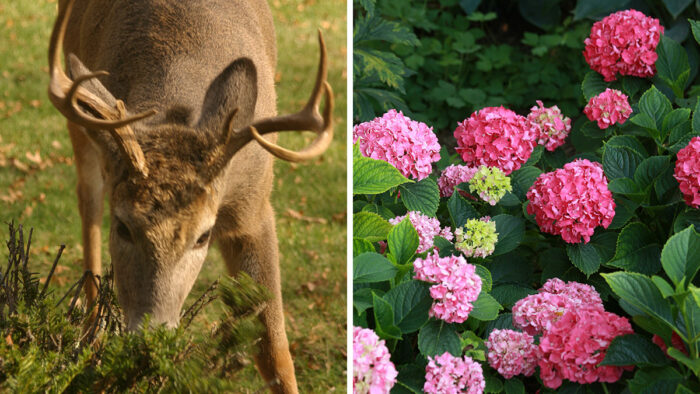
The arrival of late spring and early summer means just one thing here in New England: hydrangea season. The East Coast is known for the iconic displays those hydrangeas put on year after year. Heck, we even hold festivals in honor of the sacred hydrangea. Its popularity is not exclusive to this area of the country either. From Georgia to Oregon, hydrangeas generally top most lists of gardeners’ favorite shrubs. But many gardeners wonder, “Do deer eat hydrangeas?”
Unfortunately, deer tend to love these billowy plants as much as we do. Although not browsed as heavily as hostas, hydrangeas do frequently get “pruned” by deer and usually just as they are about to bloom. If deer are an issue in your neck of the woods, it’s important to know which varieties are less susceptible to damage as well as to learn strategies for protecting your shrubs. And remember, every herd of deer and every backyard is different. These guidelines aren’t gospel.
Which hydrangeas are deer-proof?
The simplest answer to this question is “None.” However, some species tend to be favored by deer over others.
Deer-Resistant Hydrangea Varieties
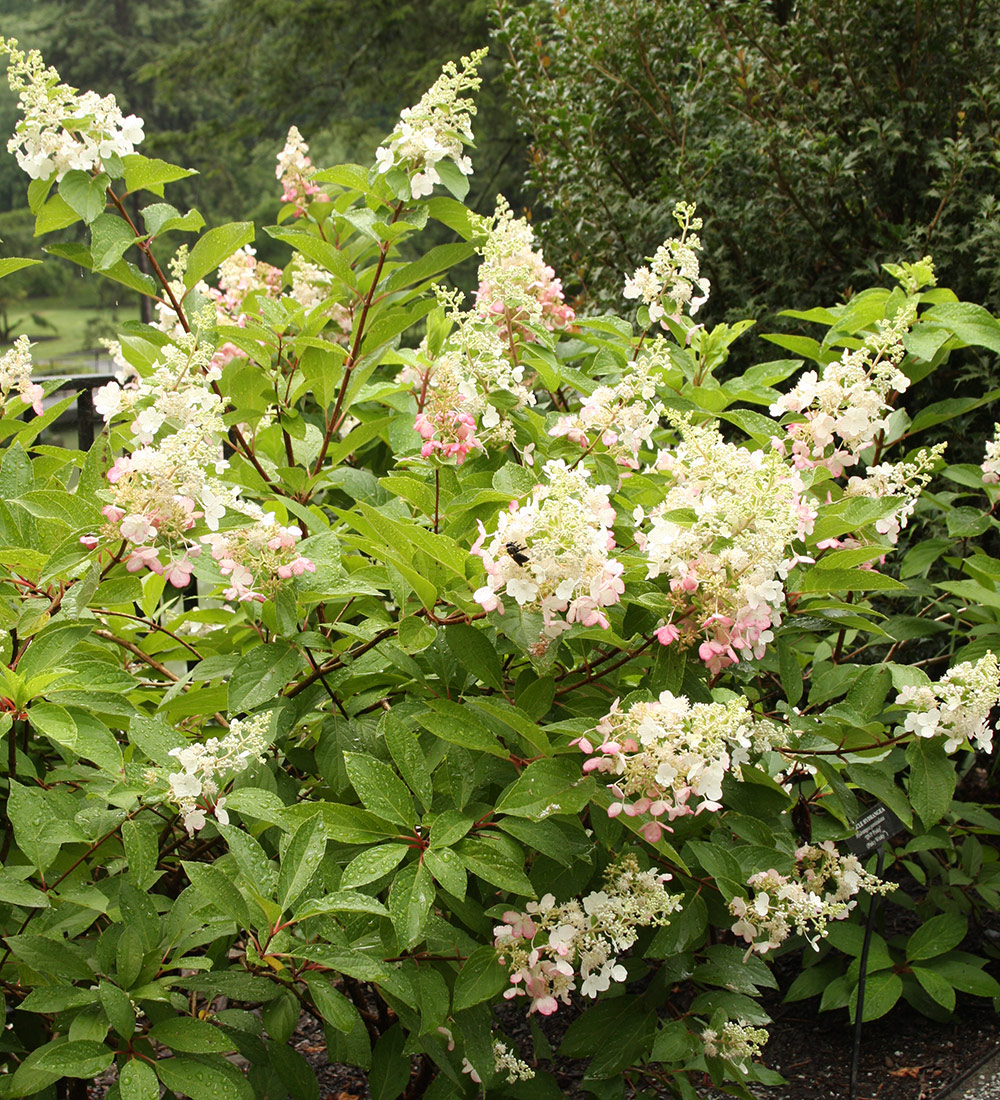
Panicle hydrangeas (Hydrangea paniculata and cvs., Zones 3–9)
Panicle hydrangeas usually bloom a bit later in the season when deer have a lot more food options. They will still nibble on the emerging flower buds, but because this hydrangea blooms on new wood, it will often push new growth and sometimes extra buds in response to the unexpected “pruning.” Panicle hydrangeas are also very woody with rough bark, so they are seldom eaten down to the ground and therefore aren’t at risk of being annihilated completely.
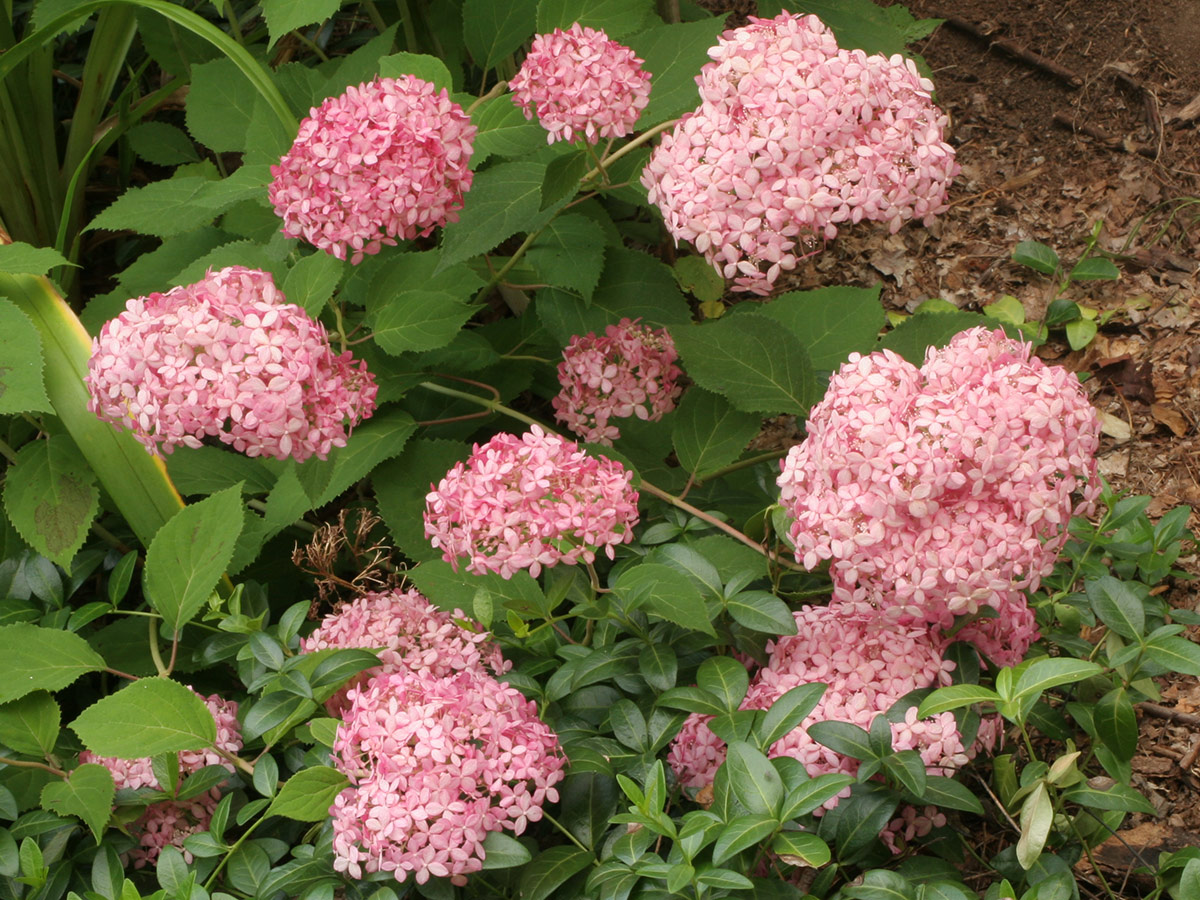
Smooth hydrangeas (Hydrangea arborescens and cvs., Zones 3–8)
Despite blooming earlier in the season when not as many food sources are available, deer tend to look past smooth hydrangeas or to browse them less than other hydrangeas. Perhaps this is because, as native plants to the southeastern United States, smooth hydrangeas are familiar to deer and considered the boring oatmeal of the hydrangea world. Who knows? You may notice occasional browsing just as the flower buds are forming, but this is often a blessing, as it provides a Chelsea Chop for the shrub that leads to a more compact habit. Smooth hydrangeas bloom on new wood as well, so they frequently push new growth and flowers buds the same season, allowing for a staggered bloom period.

Rough-leaved hydrangea (Hydrangea aspera and cvs., Zones 7–10)
Although less common in gardens, the rough-leaved hydrangea is another option for folks in deer country. The foliage is covered in coarse hairs that give the entire shrub a texture like sandpaper. As you can imagine, this makes it not exactly ideal for munching on. Much like other plants with fuzzy textures that are supposedly deer resistant (think lambs’ ears), this trait puts rough-leaved hydrangea firmly in the “might not browse” category.
Hydrangeas Deer Love to Eat

Bigleaf hydrangea (Hydrangea macrophylla and cvs., Zones 6–9)
The crown jewels of the hydrangea world, bigleaf hydrangeas are unfortunately a deer favorite. Their large, succulent buds in early spring are like candy for deer. These are flower buds (appearing on old wood from the previous year), so one night of browsing can leave your plants flowerless for the entire season. Deer will also eat the new foliage.
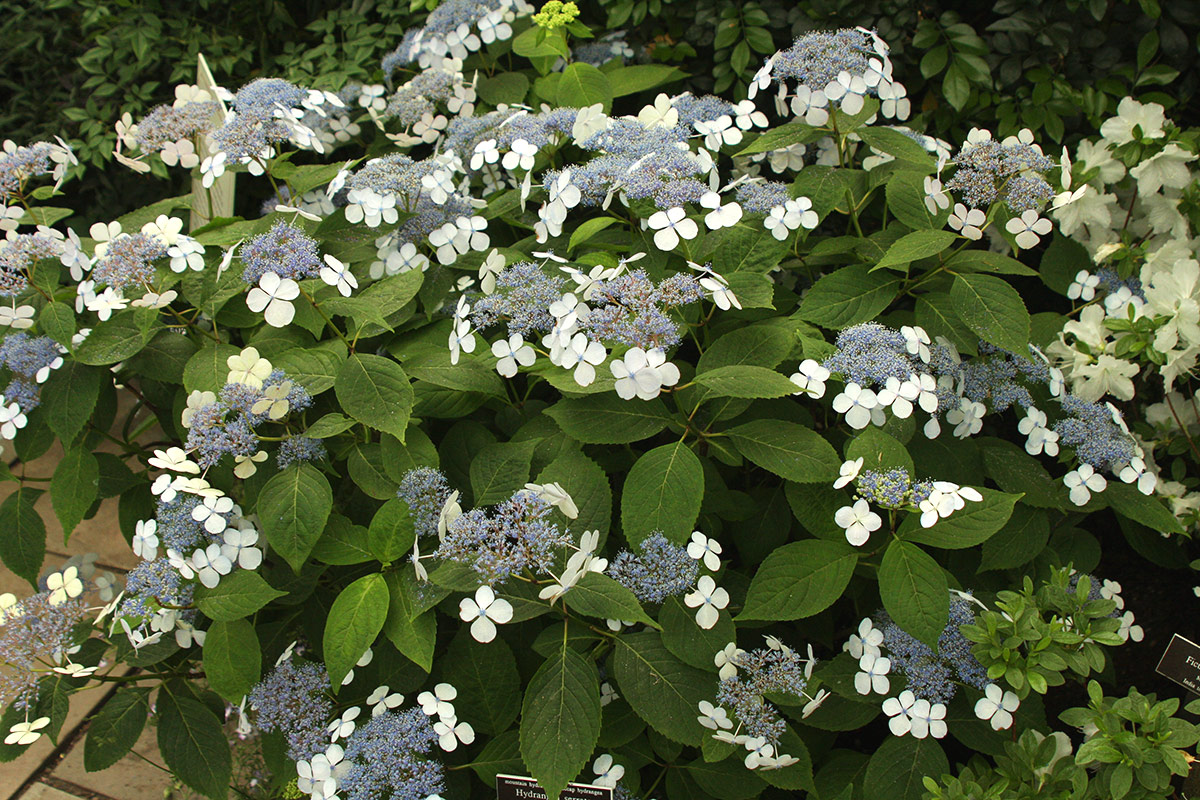
Mountain hydrangea (Hydrangea serrata and cvs., Zones 5–9)
Most mountain hydrangeas bloom off of old wood (like bigleaf types); therefore, when the buds swell and are eaten by hungry deer in mid-spring, the shrubs will be without blossoms that year. Deer will also eat the leaves and new shoots.
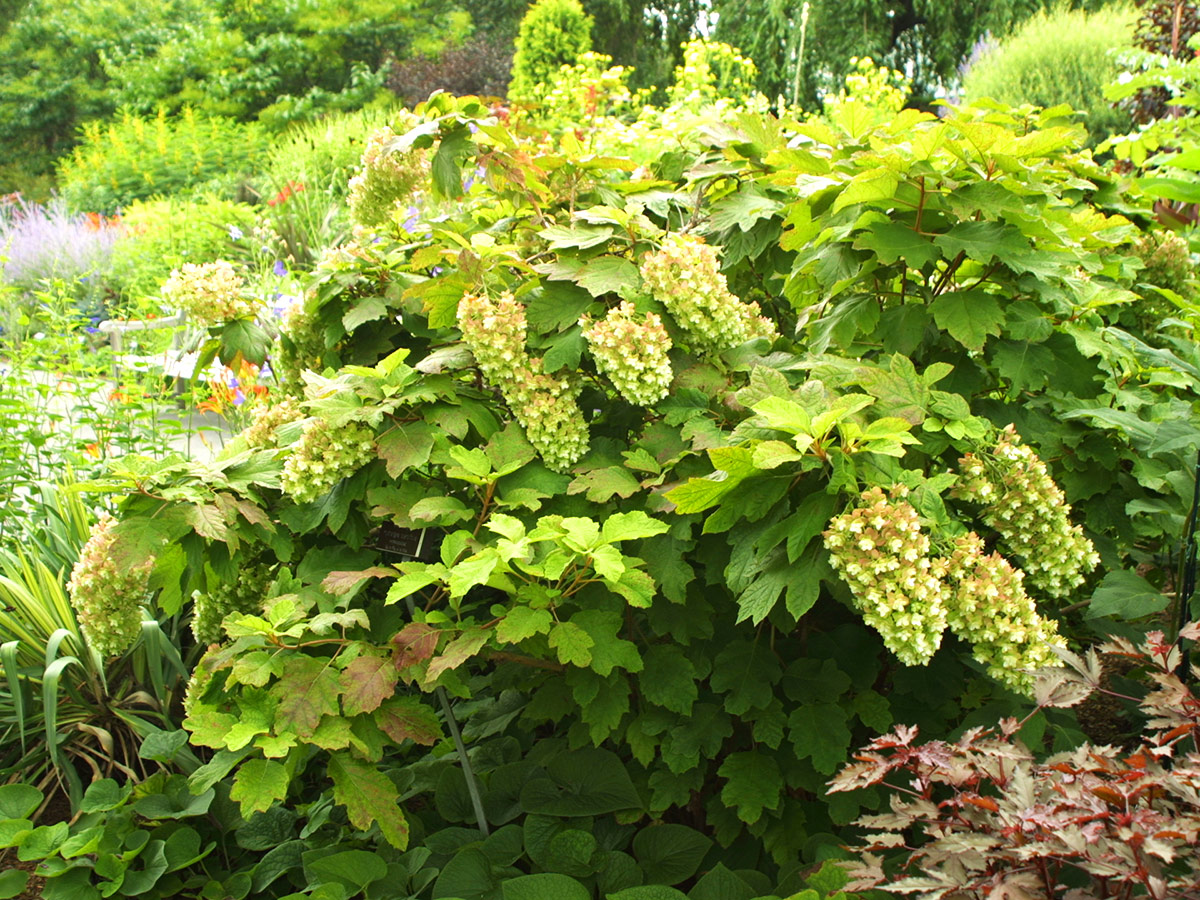
Oakleaf hydrangea (Hydrangea quercifolia and cvs., Zones 5–9)
Unlike their fellow native cousins the smooth hydrangeas, oakleaf hydrangeas are readily browsed by deer in mid-spring. This may be because they are the first type of hydrangea in many areas to bloom, so when those large columnar flowers begin appearing, they’re irresistible to deer. The one saving grace is that the browsing tends to stop at the flower buds because this shrub has rough, woody stems covered in peeling bark that deer tend to stay away from. Oakleaf hydrangeas bloom off of old wood, so once the flowers are eaten, no additional buds will appear until next year.
How to Keep Deer Away from Hydrangeas
Although no method is foolproof, the following ideas may help protect your shrubs from deer browsing.
1. Set up a blockade
If possible, surround your hydrangeas with plants that can stop deer in their tracks. Plants with spikes, fuzzy leaves, or pungent foliage are all known to deter deer. A mountain hydrangea that is encircled by boxwood (Buxus cv., Zones 4–8) will be safer than one left in a bed by itself.
2. Use sprays
If you only have a few hydrangeas to protect, spraying them with a repellent can be an effective way to keep the deer away. Concentrate your efforts during early to mid-spring (when new growth emerges and flower buds begin to swell). And remember, most sprays need to be reapplied every time it rains or heavy dew occurs, making this measure impractical if you have lots of hydrangeas.
3. Lay down some chicken wire
There is research suggesting that cloven-hooved animals do not like to cross chicken wire because it can slip in between their toes, causing discomfort. Laying chicken wire flat on the ground all around your hydrangeas can create a barrier that isn’t as visually obstructive as upright fencing.
For more about all things hydrangea, go here.
—Danielle Sherry is the executive editor.



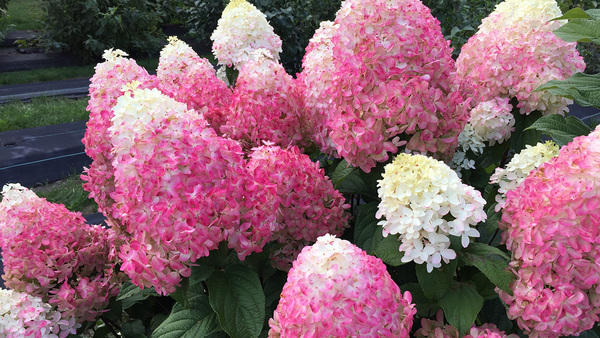
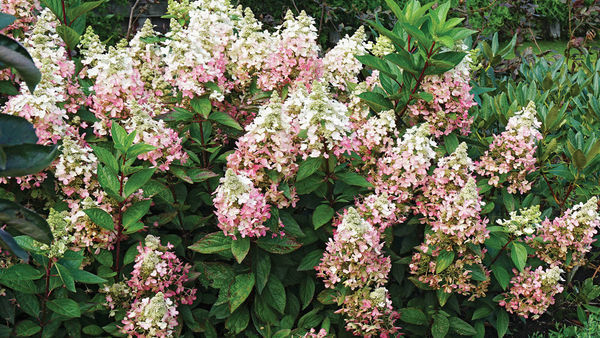
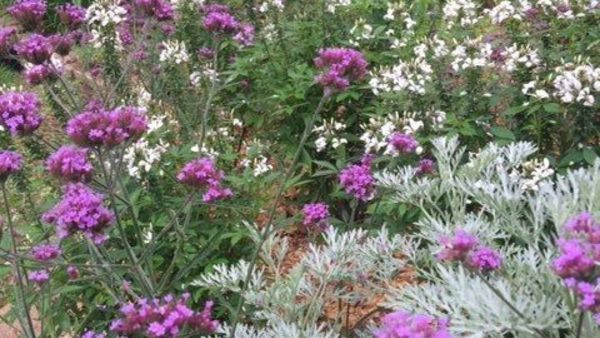












Comments
I've given up trying to grow Hydrangeas in my Maryland garden. Had about 5 different types and the deer stripped them all, including H. aspera. Weekly spraying did not help. I dug them all up and gave them to gardeners with fenced in yards.
Log in or create an account to post a comment.
Sign up Log in